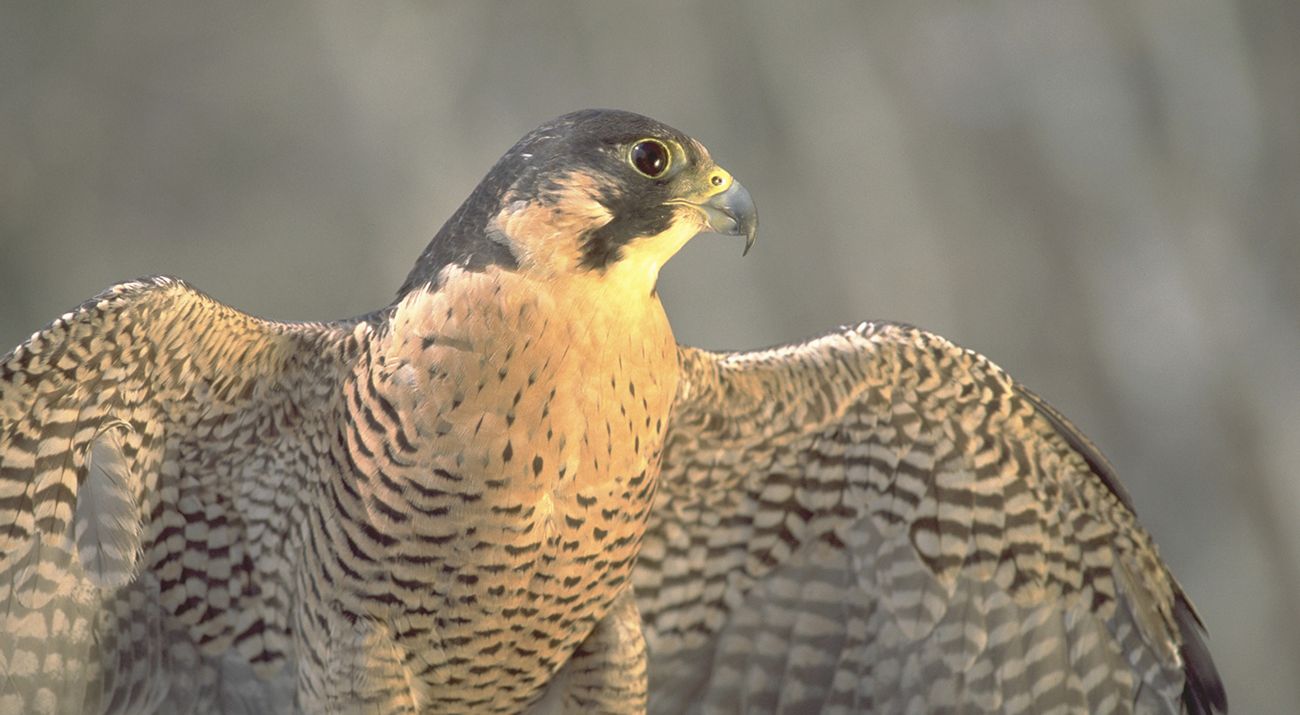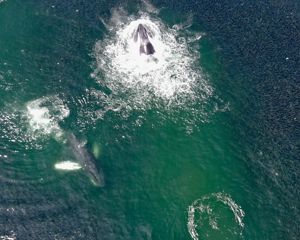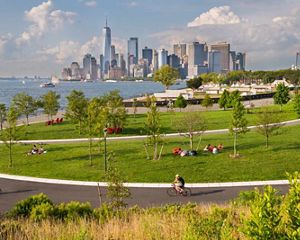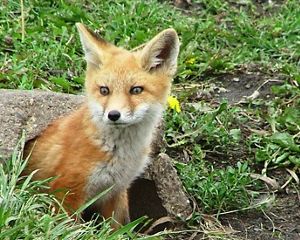Animals of the Hudson
Discover some of our favorite creatures from New York's Hudson River.
The Hudson River Valley is the most susceptible riverside region to climate change in the state. Ensuring that the Hudson Valley remains resilient to flooding and sea level rise is essential for New York’s future. We are innovating nature-based solutions, like restored wetlands and floodplains, to create a more flood-resilient New York, for all of nature—humanity included.
On the subject of nature, the region is home to more than 200 types of fish, 19 kinds of rare birds and 140 rare plants (one of which—the Hudson River water nymph—grows nowhere else on earth). Scroll down to learn more about these fantastic creatures.
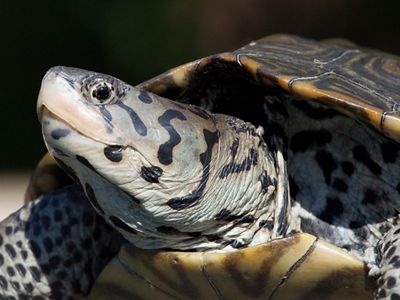
Diamondback Terrapin
The diamondback terrapin is a unique aquatic turtle. Unlike sliders and coots, which inhabit freshwater, or sea turtles, which only inhabit salt water, the diamondback terrapin lives in the estuary and marshes where there is a mixed salinity.


Bald Eagle and Peregrine Falcon
In the late 20th century, bald eagles were on the brink of extinction in the continental United States. Their numbers were decimated in the nineteenth and twentieth centuries due to hunting, loss of habitat and DDT, a powerful pesticide. After DDT was banned in 1972, eagles, along with many other birds, began a slow comeback, and in 2002, bald eagles were reintroduced to Inwood Park at the northern tip of Manhattan along the Hudson River. Oh, happy day!
Peregrine falcons were nearly eliminated in the 1960s, due mainly to pesticide residues in their prey. The release of young captive bred birds helped bring the populations back. Peregrines currently nest on buildings and bridges in Albany, Syracuse, Rochester, Binghamton and Buffalo. Some also call the Adirondacks home. The Department of Environmental Conservation has set up several webcams throughout New York to monitor their activity.

Humpback Whale
Thanks to several years of conservation efforts, the Hudson River is showing signs of improved health. What does that mean? Humpback whale sightings! Humpbacks feed on krill, plankton, and bunker fish. Recent conservation efforts have meant these populations along with their main food source, Atlantic menhaden, are increasing, luring the whales to the Statue of Liberty and up to the George Washington Bridge. We are working to improve ocean health in New York and around the world so that animals like this can thrive.


Seahorse and Oyster
Where salt and fresh water mix, it makes a salty home for creatures like the lined seahorse. Did you know the seahorse is actually a fish? It uses gills to breathe and fins to swim. Its long tail helps it to stay upright and cling to underwater grasses along the riverbank. Sometimes, seahorses use their tails to cling to each other and mate. In the warmer months, you can find seahorses in the river’s shallow water around piers and in grassy areas from Staten Island to the Tappan Zee Bridge in Westchester.
Oysters were once plentiful in the mouth of the Hudson River. In 1911, records show a peak harvest of almost 25 million pounds! In the ensuing years, oysters virtually disappeared from the Hudson, victims of pollution, dredging and over-harvesting. However, decades after their disappearance, the oyster may be poised for a comeback. Native oysters have been found at the Palisade Boat Club in Hastings-on-Hudson, and we are working with the Billion Oyster Project to bring them back to New York Harbor!
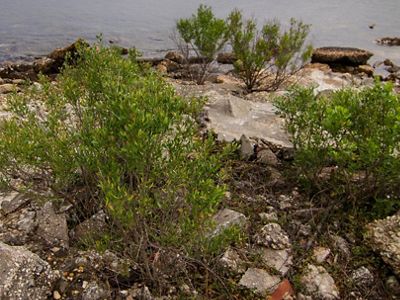
Hudson River Water Nymph
Animal, vegetable or mineral? You would be correct if you answered vegetable–an aquatic plant to be exact. The water nymph is a lacy, aquatic plant that lives nowhere else on earth. It has long, flexible, string-like branches and leaves that are about an inch long with microscopic teeth along the margins. During low tide, you may find a few nymphs stranded on the tidal mudflats. Otherwise, you are only likely to see this plant when your canoe paddle catches a few stems.
